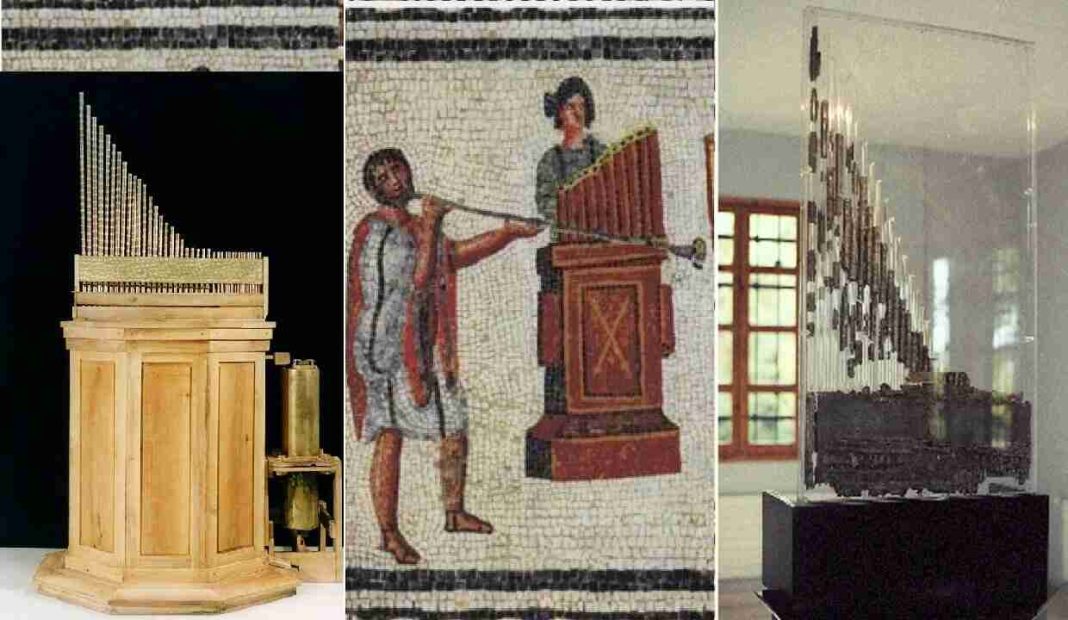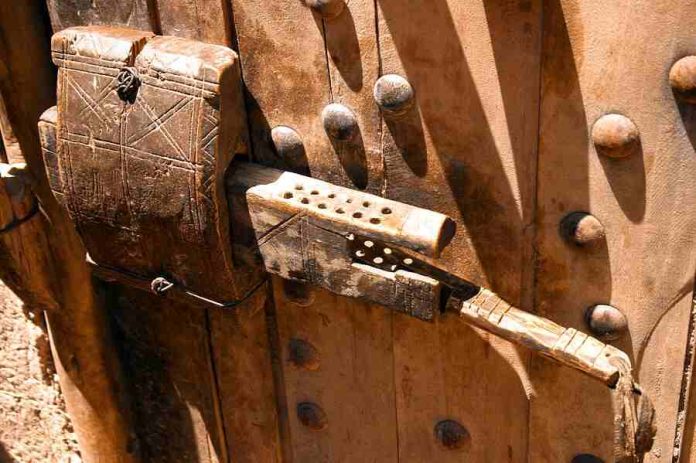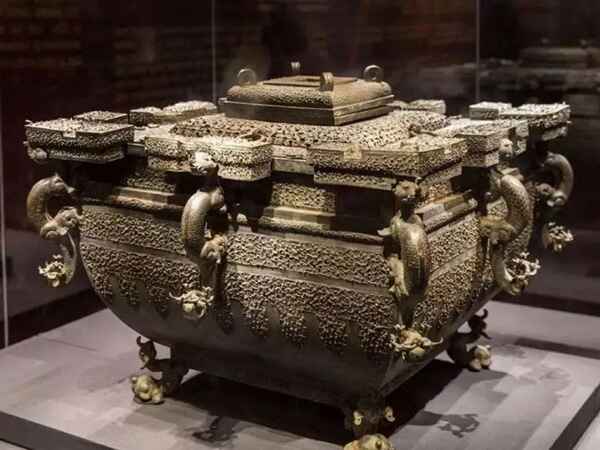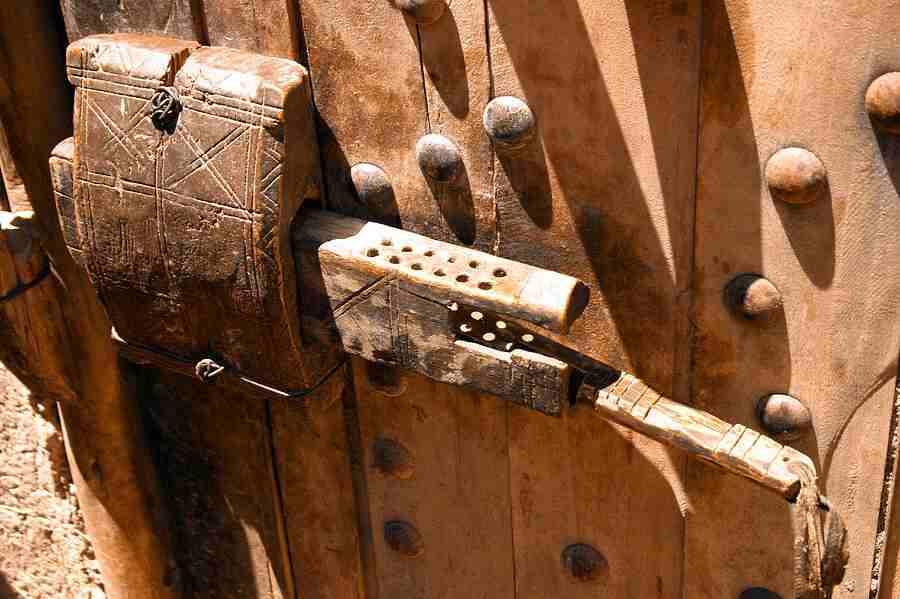The Hydraulis, known as the world’s first keyboard instrument, is a marvel of ancient engineering that captivated audiences over 2,000 years ago. This water-powered organ not only revolutionized music in ancient Greece and Rome but also laid the groundwork for the grand pipe organs we know today. From its intricate mechanics to its profound cultural impact, the Hydraulis offers a fascinating glimpse into the technological and artistic achievements of antiquity. Dive into the astonishing facts about this ancient wonder and discover how it continues to resonate in the modern world.
The Ancient Water Organ
The Hydraulis, often regarded as the first keyboard instrument in history, emerged from the inventive minds of ancient Greece. It was around the 3rd century BCE when Ctesibius of Alexandria, a gifted engineer, designed this remarkable instrument that would forever alter the course of musical history. The Hydraulis was more than just an instrument; it was a marvel of ancient engineering, blending music with the principles of hydraulics.
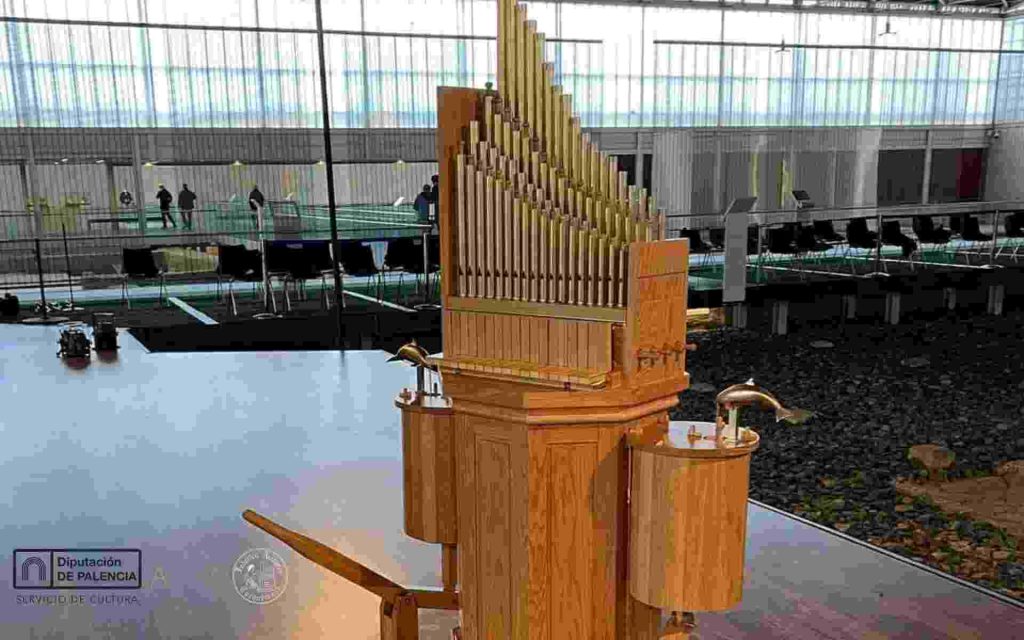
Imagine, if you will, a grand contraption composed of bronze pipes, levers, and water-filled vessels. At its heart, the Hydraulis utilized water pressure to regulate the flow of air through its pipes. This mechanism allowed it to produce a range of sounds that were unprecedented for its time. To play the Hydraulis, a musician would press the keys, which in turn opened valves, allowing air to flow through the pipes. The water in the instrument’s chamber maintained constant pressure, ensuring a steady and harmonious sound.
The introduction of the Hydraulis marked a significant departure from earlier musical instruments. Before its invention, music in ancient Greece relied heavily on simpler stringed instruments like the lyre or the kithara. These instruments, while beautiful in their own right, lacked the complexity and dynamic range that the Hydraulis could offer. The Hydraulis, with its ability to produce both soft and powerful tones, quickly became a sensation in public spectacles, especially in the grand arenas of the Roman Empire.
In essence, the Hydraulis was a precursor to the pipe organs that would dominate church music in the Middle Ages and beyond. Its design was revolutionary, setting the stage for the development of more sophisticated instruments. This ancient water organ was not merely a musical device; it was a symbol of technological and artistic progress in an era that prized innovation.
The Mechanics of the Hydraulis: How It Worked
The mechanics of the Hydraulis are as fascinating as its history, representing an early fusion of music and technology. At its core, the Hydraulis relied on the ingenious use of water to regulate air pressure—a concept that might seem complex but is elegantly simple in execution. The process began with a tank, or “pneumatics,” where water and air coexisted in a carefully controlled environment.
When a musician pressed a key on the Hydraulis, it triggered a valve to open. This valve allowed air, stored under pressure in the pneumatics, to flow through a specific pipe. The water in the tank played a crucial role here: it ensured that the air pressure remained constant, preventing the sound from wavering and allowing for a clear, consistent tone. This ability to maintain steady air pressure was a breakthrough, providing the Hydraulis with a versatility that was unmatched by other instruments of its time.
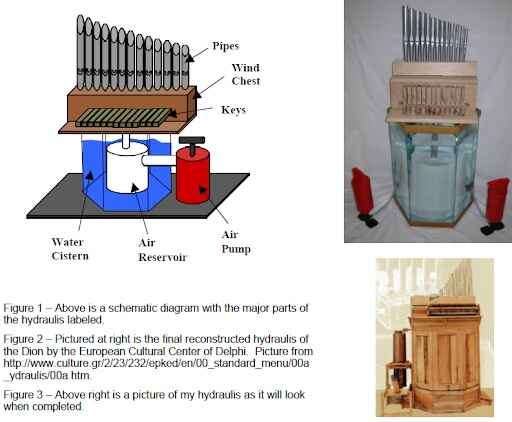
The pipes themselves varied in size, and this variation was key to the instrument’s rich tonal range. Larger pipes produced deeper, more resonant notes, while smaller pipes emitted higher, sharper tones. The arrangement of these pipes in a sequence allowed the Hydraulis to produce a scale, enabling musicians to perform melodies that could resonate through large arenas or intimate gatherings alike.
The materials used in constructing the Hydraulis also played a significant role in its sound. Bronze was typically used for the pipes, not only for its durability but also for the distinct metallic timbre it provided. The keys and valves were crafted with precision, ensuring that even the slightest touch would result in a corresponding note, demonstrating the incredible sensitivity and responsiveness of this ancient instrument.
In essence, the Hydraulis was a marvel of engineering—a machine that used the principles of physics to create something truly musical. This early water organ set the stage for the development of more complex keyboard instruments in the centuries to come.
Evolution and Influence: The Hydraulis as a Predecessor to Modern Instruments
The Hydraulis, though a marvel of its time, did not remain a static invention. As centuries passed, this water-powered instrument evolved, laying the groundwork for the modern pipe organ. The journey from Hydraulis to the grand organs of European cathedrals was one of gradual innovation, driven by the desire to enhance both the power and range of musical expression.
The first step in this evolution was the adaptation of the Hydraulis to more sophisticated settings. By the time of the Roman Empire, the Hydraulis had been refined to perform in larger venues, its sound amplified by the architectural acoustics of amphitheaters and grand halls. The instrument’s popularity soared, and with it, the demand for more complex and versatile designs. This period saw the introduction of additional pipes and keys, allowing musicians to produce richer harmonies and more intricate compositions.
As the Roman Empire declined, the knowledge of the Hydraulis and its construction techniques spread across Europe, carried by scholars and craftsmen. By the Middle Ages, the principles behind the Hydraulis were being applied to a new generation of instruments. The key innovation during this time was the replacement of water pressure with bellows, a development that would revolutionize organ design. Bellows, operated by foot pedals or manual labor, allowed for more consistent and controlled airflow, paving the way for larger and more powerful instruments.
The Hydraulis thus became a direct ancestor of the pipe organ, which would dominate the musical landscape of the Renaissance and beyond. The transition was marked by the gradual replacement of water-powered mechanisms with air pressure systems, leading to the creation of massive organs capable of filling vast cathedral spaces with sound. This evolution from the modest Hydraulis to the towering pipe organs of Europe was a testament to human ingenuity, showcasing how an ancient invention could inspire and shape musical traditions for centuries to come.
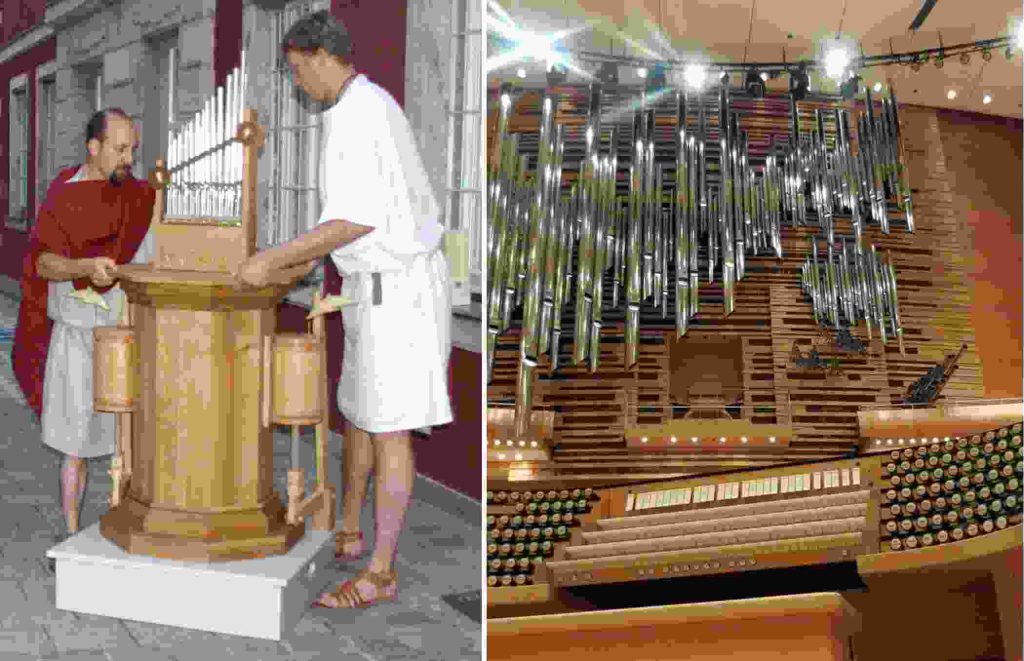
The Hydraulis in Historical Context: Cultural and Social Significance
The Hydraulis was more than just a musical instrument; it was a cultural phenomenon that resonated deeply within the societies of ancient Greece and Rome. Its presence in public and private life was a reflection of the social and artistic values of the time, marking it as both a symbol of technological prowess and a centerpiece in various cultural rituals.
In ancient Greece, the Hydraulis was not merely a tool for entertainment. It was often associated with religious and ceremonial functions, its powerful sounds believed to connect the human and divine. Temples and sacred spaces would sometimes host performances on the Hydraulis, where its music served as an offering to the gods. The instrument’s ability to produce a wide range of sounds made it ideal for conveying the emotions and reverence required in such settings.
As the Hydraulis traveled westward, its role evolved in the Roman Empire. Romans, known for their grand public spectacles, saw in the Hydraulis an opportunity to enhance the drama of their events. The instrument was frequently used in amphitheaters, accompanying gladiatorial games and theatrical performances. The Hydraulis could command an audience’s attention, its music heightening the tension and excitement of the scenes unfolding before them. It became a fixture in the Roman arenas, its notes echoing through the massive stone structures, amplifying the emotions of the crowd.
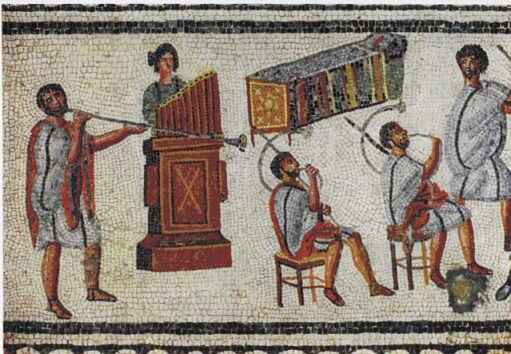
But the Hydraulis was not confined to public spectacles alone. Wealthy Romans often commissioned smaller, more portable versions of the instrument for their private gatherings. These private performances became a mark of sophistication and status, as the Hydraulis was not just an instrument but a statement of cultural refinement. In these intimate settings, the Hydraulis provided a backdrop to philosophical discussions, banquets, and other social activities, its music intertwined with the daily lives of the elite.
While the Hydraulis represents a remarkable achievement in the realm of music and engineering, it was not the only technological marvel of the ancient world. The Baghdad Battery, for instance, is another fascinating example of ancient innovation, believed by some to be an early form of electrochemical cell. This artifact, like the Hydraulis, challenges our understanding of the technological capabilities of ancient civilizations, revealing a world far more advanced than previously imagined.
The cultural significance of the Hydraulis in these ancient societies was profound, reflecting both their technological achievements and their values. Through its music, the Hydraulis became a bridge between the sacred and the secular, the public and the private, leaving an indelible mark on the cultural landscape of antiquity.
Frequently Asked Questions (FAQs)
1. What is a Hydraulis?
The Hydraulis is an ancient Greek musical instrument, considered the world’s first keyboard instrument. It used water pressure to produce sound and was a precursor to the modern pipe organ.
2. In which century was the Hydraulis (water organ) first used in Greece?
The Hydraulis was first used in Greece during the 3rd century BCE, making it one of the earliest known keyboard instruments in history.
3. How does a Hydraulis instrument work?
The Hydraulis works by using water pressure to maintain a steady airflow through its pipes. When a key is pressed, a valve opens, allowing air to flow through the pipes and produce sound.
4. The Hydraulis is a predecessor of which modern instrument?
The Hydraulis is a direct predecessor of the modern pipe organ, which evolved from its basic principles of using air to create music.
5. Which modern musical instrument is descended from the Hydraulis?
The modern pipe organ is descended from the Hydraulis. The technological innovations of the Hydraulis paved the way for the development of larger and more complex organs in Europe.
The Legacy of the Hydraulis: Modern Rediscoveries and Reconstructions
The legacy of the Hydraulis did not fade with the fall of ancient civilizations; instead, it experienced a renaissance of its own in the modern era. The rediscovery and reconstruction of the Hydraulis have offered us a rare glimpse into the musical traditions of antiquity, bridging a gap of nearly two millennia.
The journey to resurrect the Hydraulis began in the late 19th and early 20th centuries when archaeologists unearthed fragments of the instrument in various locations across Europe and North Africa. These discoveries, including a particularly well-preserved example from the Roman city of Aquincum, sparked renewed interest in the ancient water organ. Scholars and musicians alike were fascinated by the idea of reviving this lost instrument, and painstaking efforts were made to study and replicate its design.
Modern reconstructions of the Hydraulis have been guided by a combination of archaeological evidence and ancient texts. These efforts have resulted in several working models, each attempting to capture the essence of the original instrument. The process of reconstruction has been a meticulous one, involving not only the replication of the Hydraulis’s physical structure but also an understanding of its acoustic properties. Craftsmen and engineers have collaborated to recreate the distinctive sound of the Hydraulis, a sound that had not been heard for centuries.
These reconstructions have not only brought the Hydraulis back to life but have also provided valuable insights into ancient music and engineering. Museums and academic institutions across the world now host these reconstructions, allowing the public to experience the music of the ancient world in a way that was previously unimaginable. The Hydraulis, once a forgotten relic, has become a symbol of the enduring connection between past and present, demonstrating how ancient innovations can continue to inspire and educate even in the modern era.
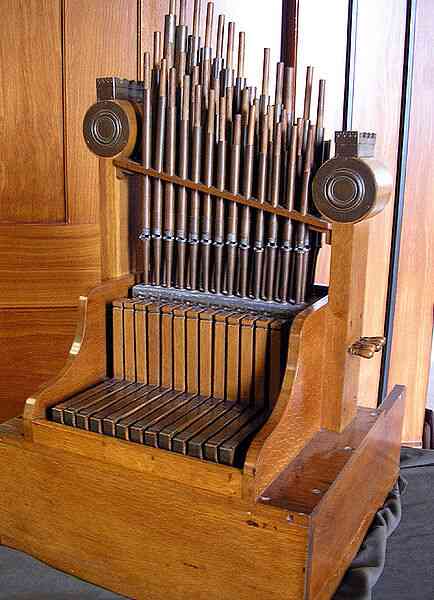
Use of Our Content
⚠️ Content on “Mystery Uncover” is protected under US and International Copyright Laws.
You are free to reuse, republish, and share our content by giving credit to the source as Mystery Uncover with a link to the original material on mysteryuncover.com.


